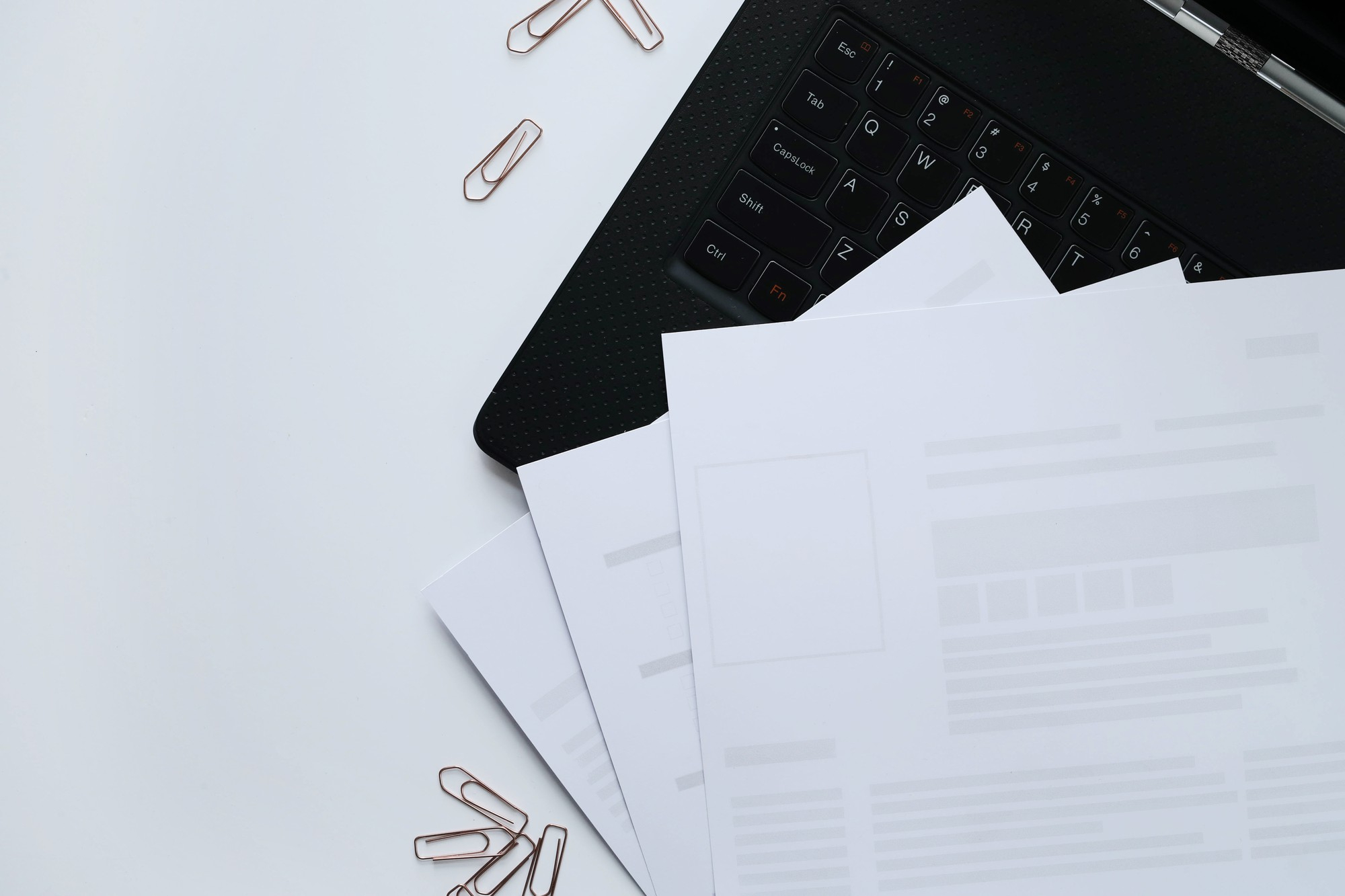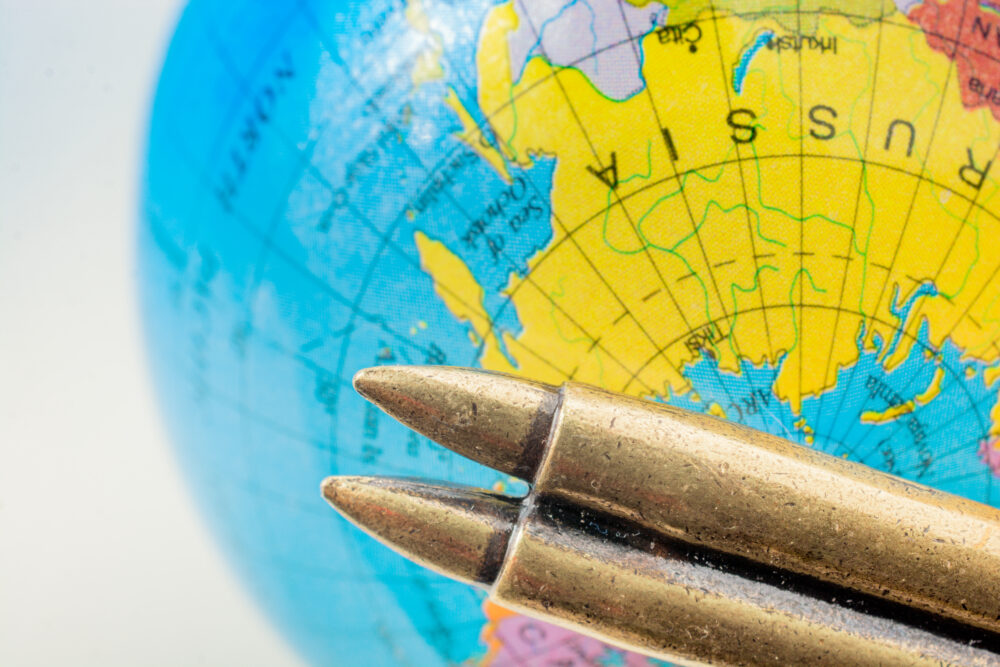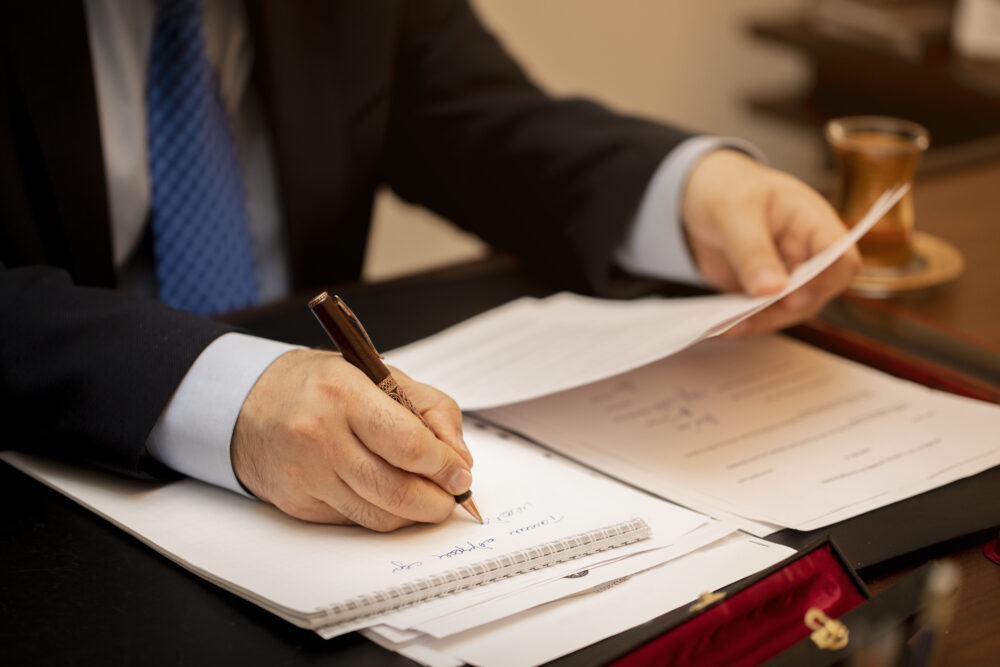As described in the previous article, when there is a dispute, the first measure that the intellectual property owner usually implements is to initiate a lawsuit at a Court or Arbitration to resolve the dispute. Nevertheless, with a long settlement time, civil action is not an optimal solution, nor does this measure help the right holder prevent violations during the lawsuit. Therefore, intellectual property rights holders should not just implement a lawsuit to settle disputes and let the infringement occur. Currently, intellectual property law has many other options to prevent and handle violations. Accordingly, the content of this article will focus on analyzing several other handling measures in intellectual property disputes so that holders can combine and apply them when detecting infringements.
1. General provisions on measures to protect intellectual property rights
In addition to the right to initiate a lawsuit to court or arbitration to protect their legitimate rights and benefits, the intellectual property right holder has the right to apply the following measures:
- Applying technological measures to prevent acts of infringing upon intellectual property rights;
- Requesting organizations and individuals that commit acts of infringing upon intellectual property rights to stop the infringing acts, apologize, make public corrections, and pay compensation for damage;
- Requesting competent state authorities to handle acts of infringing upon intellectual property rights in accordance with the Intellectual Property Law and other relevant laws.
Consequently, the holder of intellectual property rights has four natural rights to protect the intellectual property actively. Depending on the essence and extent of infringement, organizations and individuals that commit acts of infringing upon intellectual property rights may be handled by civil, administrative or criminal measures. In addition to the handling as mentioned above measures, in some necessary cases, organizations and individuals that commit acts of infringement may also be subject to measures to control exported and imported goods related to intellectual property measures to prevent and secure administrative sanctions.
Depending on which intellectual property rights holder chooses to apply, the competent authority to handle the infringement will have the right to resolve accordingly. For instance, applying civil and criminal measures under the jurisdiction of the Court; apply administrative measures under the competence of the Inspectorate, Police Offices, Market Management, Customs and People’s Committees at all levels; apply measures to control exports and imports related to intellectual property under the jurisdiction of customs offices.
2. Handling of infringement of intellectual property rights by administrative measures
According to Article 211 of the Intellectual Property Law, the following acts of infringing upon intellectual property rights shall be administratively sanctioned:
- Committing acts of infringing upon intellectual property rights causing damage to consumers or society;
- Failing to terminate an act of infringing upon intellectual property rights despite being notified in writing by the intellectual property right holder of a request to terminate such act;
- Producing, importing, transporting or trading in intellectual property counterfeit goods or assigning others to perform this act;
- Producing, importing, transporting or trading in objects bearing a trademark or geographical indication identical or confusingly similar to a protected trademark or geographical indication or assigning others to perform these acts;
- Performing unfair competition on intellectual property.
In principle, when an organization or individual is sanctioned for an administrative violation, the primary sanctioning measure, additional, and remedial measures will be applied. Depending on the essence and extent of infringement, the competent authorities will apply corresponding sanctions.
Accordingly, organizations and individuals that commit acts of infringing upon an intellectual property are forced to stop their infringements and are subject to one of the effective sanctioning forms, which is a caution or a fine. In addition, an additional sanction may be applied, which is the confiscation of goods that are counterfeit in terms of intellectual property, raw materials, materials and means used mainly for the production of goods export and trade in goods counterfeiting intellectual property; suspending business activities for a definite period in the field where the violation has occurred.
Regarding remedial measures in intellectual property, remedial measures are considered harsh and strict because they will significantly influence and impact organizations and individuals in charge of the circulation of products and products containing signs of infringing upon the protected property. Precisely, remedial measures that may be applied are:
- Forcible destruction or distribution or non-commercial use of counterfeit intellectual property goods, raw materials, materials and means used mainly for production, trading, trade in counterfeit goods for intellectual property, provided that it does not affect the ability of the intellectual property right holder to exploit the rights;
- Forcible removal from the Vietnamese territory of transit goods infringing upon intellectual property rights or forcible re-export of imported intellectual property counterfeit goods, vehicles, raw materials and materials is mainly used for production and trading of counterfeit goods concerning intellectual property after removing the infringing elements on the goods;
- Suspension of business activities in the field where the violation has occurred for a definite time.
However, the intellectual property holder shall pay attention to the statute of limitations for requesting administrative sanctions. Specifically, the statute of limitations for requesting sanctioning administrative violations in intellectual property is two years. The time to determine the statute of limitations for sanctioning administrative violations is:
+ For an administrative violation that has ended, the statute of limitations is counted from the time of termination of the violation.
+ For administrative violations being performed, the statute of limitations is calculated from the time of detecting violations.
3. Control of exports and imports related to intellectual property
One of the measures that intellectual property rights holders should pay attention to prevent infringements of intellectual property rights is to control imports and exports related to intellectual property. The application of goods control measures protects the legitimate interests of intellectual property rights holders because they deserve to have the profits brought by the intellectual property. However, the most critical issue is that intellectual property rights holders protect and preserve their business reputation in the market in general and the relevant market in particular.
Intellectual property rights holders have the right to request the customs authority to apply measures (1) to suspend customs procedures for goods suspected of infringing intellectual property rights; (2) inspect and supervise to detect goods showing signs of infringing intellectual property rights. These two control measures are essentially different but mutually supportive by measure 1 – implemented to collect information and evidence about the shipment to exercise the right to request handling of infringement violation of the right and requires the application of temporary emergency measures or measures to prevent and secure administrative sanctions. Meanwhile, measure 2 – implemented to collect information to exercise the right to request the application of measures to suspend customs procedures.
However, the limitation of this regulation is to prevent the abuse of the holder’s rights that may cause damage to the subject who is required to apply measures to control exports and imports. The above measures are applied only when the intellectual property right holder requests to apply, proving that they are the holder of intellectual property rights and must pay a security amount equal to 20% of the value of the shipment to apply the measure of suspending customs procedures or at least twenty million dongs if the value of such shipment cannot be determined or there is a guarantee document from a bank or other credit institution. This provision is similar to the Court’s application of a provisional emergency measure under the Civil Procedure Code and needs to be carried out according to a procedure prescribed by law.
4. Handling of infringement of intellectual property rights by criminal measures
Organizations and individuals that commit acts of infringing upon intellectual property rights with elements constituting a crime shall be examined for prosecution for criminal liability in accordance with the criminal law. For criminal acts in the field of intellectual property, the statute of limitations for criminal prosecution is 05 years for less serious crimes and is counted from the date the crime is committed. Accordingly, the current criminal law stipulates two crimes related to infringing upon intellectual property rights: (i) infringing upon industrial property rights and (ii) infringing upon the copyright, related rights. Particularly:
(i) Crime of infringing upon industrial property rights
+ Criminal handling of individuals who commit crimes: “A person who intentionally infringes upon industrial property rights to trademarks or geographical indications being protected in Vietnam whose objects are counterfeit trademarks or geographical indications with commercial-scale or illegal profit from 100,000,000 VND to under 300,000,000 VND or cause damage to the owner of the mark or indication geographical location from 200,000,000 VND to under 500,000,000 VND or the infringing goods valued between 200,000,000 VND and under 500,000,000 VND, the offenders will be subject to a fine of from 50,000,000 VND to 500,000,000 VND or a fine of rehabilitation without detention for up to 3 years.”
+ Criminal handling of commercial legal entities that commit crimes: “Commercial legal entities may also be subject to a fine ranging from VND 100,000,000 to VND 500,000,000, prohibited from doing business, from operating in particular fields or from raising capital from 01 to 03 years.”
(ii) Crime of infringing upon copyright and related rights
+ Criminal handling of individuals who commit crimes: “A person who does not have any the permission of the copyright or related right holder intentionally commits one of the following acts, infringes upon the copyright or related rights being protected in Vietnam on a commercial scale or illegal profit from VND 50,000,000 to under VND 300,000,000 or cause damage to the copyright or related right holders from VND 100,000,000 to under VND 500,000,000 or the infringing goods are valued at between VND 100,000,000 VND to under 500,000,000 VND, the offenders shall be subject to a fine of between VND 50,000,000 and 300,000,000 or a fine of rehabilitation without detention for up to 03 years:
(1) Copying works, sound recordings, video recordings;
(2) Distributing to the public copies of works, copies of phonograms, copies of video recordings.”
+ Criminal handling of commercial legal entities that commit crimes: “Commercial legal entities may also be subject to a fine ranging from VND 100,000,000 to VND 300,000,000, prohibited from doing business, from operating in certain fields or from raising capital from 01 to 03 years.”
In summary, although the intellectual property law in particular and the law, in general, have prescribed much different dispute handling measures in order to have a protection mechanism that is both comprehensive and in-depth to protect the holder of intellectual property rights. Besides, international treaties and Bilateral Agreements to which Vietnam is a member related to intellectual property have also created many opportunities for intellectual property rights holders (for example, Paris Convention for the Protection of Industrial Property; Madrid Agreement Concerning the International Registration of Marks, Protocol Relating to the Madrid Agreement Concerning the International Registration of Marks Vietnam; Bilateral Trade Agreement between Vietnam and United States (intellectual property regulations), Vietnam – Japan Economic Partnership Agreement, Vietnam – Korea Free Trade Agreement,…). However, intellectual property rights holders should understand that each remedy has its terms and conditions that the owner needs to comply with. In some cases, it is also impossible to protect intellectual property rights holders’ legitimate rights and interests due to these limitations. Subsequently, when a dispute occurs, it is necessary to properly and fully understand the provisions of the law. At the same time, it is necessary to flexibly apply what form of dispute settlement is appropriate to consider and resolve the dispute promptly.
(1) Intellectual Property 2005 Law, amended and supplemented in 2009 (“Intellectual Property Law”);
(2) Criminal Code 2015, amended and supplemented in 2017 (“Criminal Code”);
(3) Law on Handling of Administrative Violations 2012, as amended in 2020 (“Law on Handling of Administrative Violations”).
Disclaimer: This article is for general information only and is not a substitute for legal advice. Apolat Legal is a Vietnamese law firm with experience and capacity to advise on matters related to Intellectual Property Rights. Please click here to learn more about our services and contact our lawyers in Vietnam for advice via email info@apolatlegal.com.





































